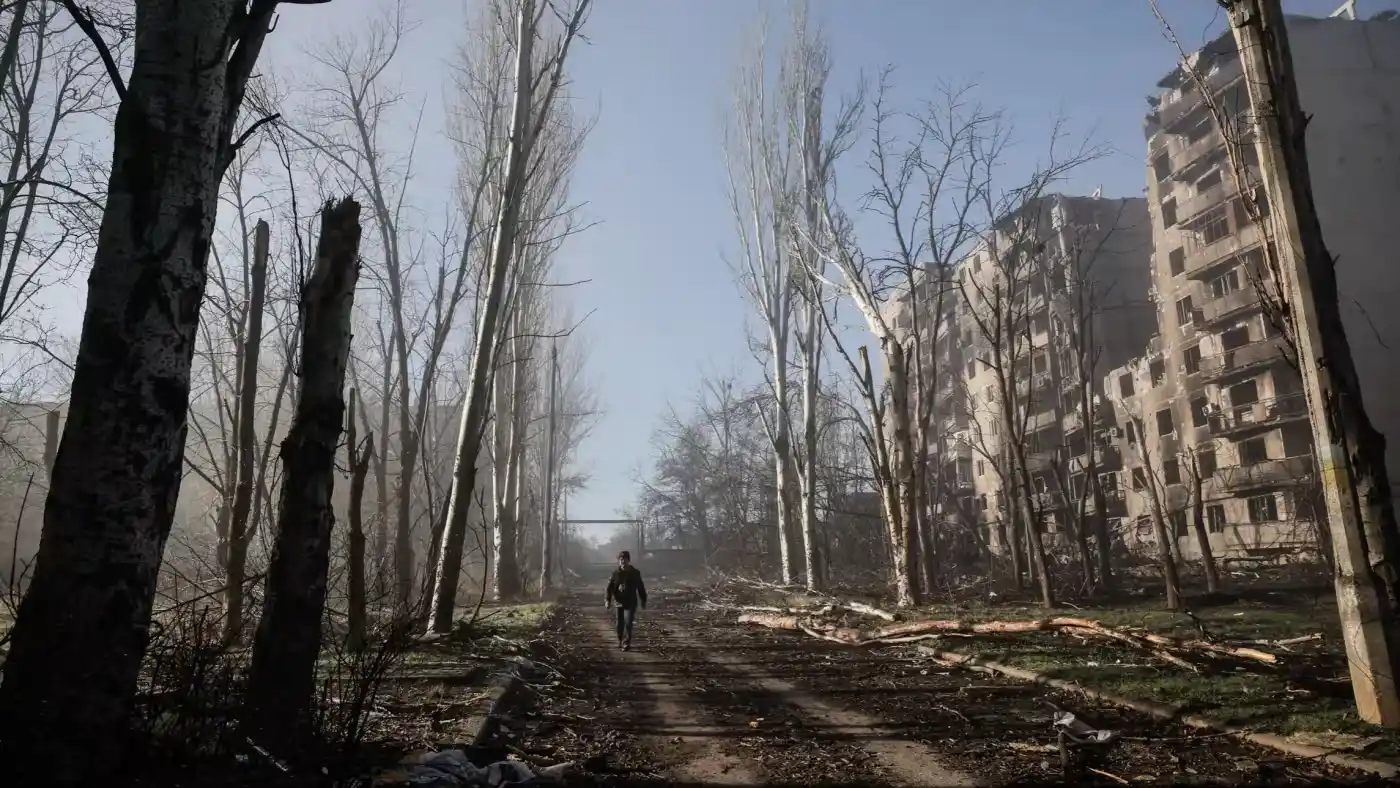Pressure on EU Governments: Choosing Between Debt and Using Russian Assets
According to The Financial Times, the European Union has reached one of the most consequential financial and political crossroads since the beginning of its support for Kyiv. Brussels has made it clear: if member states fail to agree on using frozen Russian assets to provide Ukraine with a €140 billion loan, they will have to turn to alternative — and significantly more painful — sources of financing, ranging from national grants to issuing new joint EU debt.
In a letter sent to EU member states and cited by The Financial Times, European Commission President Ursula von der Leyen stresses that Ukraine will need €135.7 billion over the next two years to cover its military and budgetary needs. Governments are faced with three options: direct national contributions, issuing new EU-wide debt, or employing frozen Russian assets. Formally, all options remain on the table, but using Russia’s immobilized funds is viewed in Brussels as the most realistic path — despite Belgium’s resistance.
Belgian authorities have blocked the so-called “reparations loan,” citing fears of legal consequences and risks to their financial system. Around €190 billion in Russian central bank assets are held at Euroclear, the Belgium-based central securities depository. Belgium insists that other EU states share the risks, especially given that some countries also hold frozen Russian assets, though in smaller amounts.
Legal Risks and Possible Expansion of the Scheme
The European Commission’s proposal envisions Euroclear investing proceeds from maturing Russian securities into a special EU loan facility, which would then issue a “limited recourse loan” to Ukraine. Kyiv would be required to repay the loan only if Moscow begins paying war reparations — meaning the primary risk would fall on EU member states.
To address Belgium’s concerns, von der Leyen has suggested additional legal safeguards, including the possibility of sharing the costs of international litigation across all EU countries. However, she acknowledged that risks cannot be fully eliminated, especially if global markets perceive the scheme as the de facto confiscation of Russian assets.
Luxembourg has also voiced concerns: like Belgium, it is bound by a bilateral investment treaty with Russia and fears potential lawsuits. In her letter, von der Leyen advises such countries to withdraw from the relevant treaties to reduce legal exposure.
Meanwhile, the Commission is open to expanding the mechanism to include Russian sovereign assets frozen in commercial banks across other EU states. This would increase the potential pool to approximately €210 billion. An additional €42 billion is frozen outside the EU — in G7 jurisdictions including the United Kingdom, Canada, the United States, and Japan.
Von der Leyen emphasizes that the more countries replicate the EU’s approach, the lower the likelihood that the loan mechanism will be viewed as confiscation. London and Ottawa are already considering their own versions of a “reparations loan.”
Ultimately, EU governments face an extremely difficult choice: approve the use of Russian assets with risk-sharing, take on new collective debt, or allocate large national aid packages. The political reluctance toward any of these options makes the coming months critical for the future of Europe’s financial support for Kyiv.
This article was prepared based on materials published by The Financial Times. The author does not claim authorship of the original text but presents their interpretation of the content for informational purposes.
The original article can be found at the following link: The Financial Times.
All rights to the original text belong to The Financial Times.


















